Mark Kuhn is following up on last week’s electrifying post about electric strikes, with his thoughts on electromagnetic locks. Do you have anything to add?
~~~
Last week I wrote a post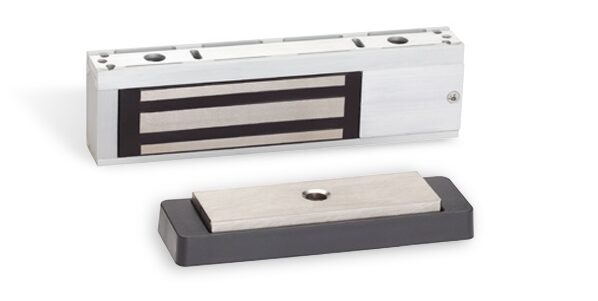 about electric strikes, and why I prefer the use of electrified locks and panic hardware over electric strikes. While writing that post I knew I would be following it up with this post about electromagnetic locks. (So, get your opinions ready…LOL!)
about electric strikes, and why I prefer the use of electrified locks and panic hardware over electric strikes. While writing that post I knew I would be following it up with this post about electromagnetic locks. (So, get your opinions ready…LOL!)
In the comments on the electric strike post someone mentioned mag-locks and how they seem to be the lock of choice for the access control community. I have found this to be true as well. I think this is the case because similar to electric strikes, they are relatively easy to add in a retrofit situation. But as with electric strikes, I feel that in many cases electrified locks or panic hardware would be a better choice than mag-locks, for an entirely different set of reasons.
My objection to the use (or misuse) of electromagnetic locks has mostly been code related. The codes play a big part in the use of these products. In fact, I would say that the building code has more to say about mag-locks than just about any other type of locking hardware.
I think the main thing to understand about a mag-lock is that unlike locks or panics, mag-locks – by design – lock both sides of a door. Because of this, we must do certain things to ensure that a building occupant can egress through the door. It’s also because of this that we have very specific code requirements for doors that are locked with mag-locks.
Lori has done a wonderful job through the years of not only explaining these code requirements but also keeping us all up-to-date with the various code changes that have occurred. So rather than repeat what Lori has already covered, I would like to look into what I’ve seen as some of the more problematic uses of mag-locks.
One of the biggest problems I see is the fact that mag-locks are ALWAYS fail-safe; when they lose power, they become unlocked. You can understand why this may be of concern to building owners whose exterior doors are secured with mag-locks. This problem leads to other problems. Because the mag-lock will unlock when the power fails, building owners may want to add another lock to the opening, usually a deadbolt of some kind – then we run into those pesky egress codes again. This is where a good hardware consultant will point out that an electromechanical lock or electrified panic hardware can stay locked on the outside even without power (fail secure) while allowing free egress from the inside. With this application, the building is secure and the requirement for free egress is met, even during a power failure.
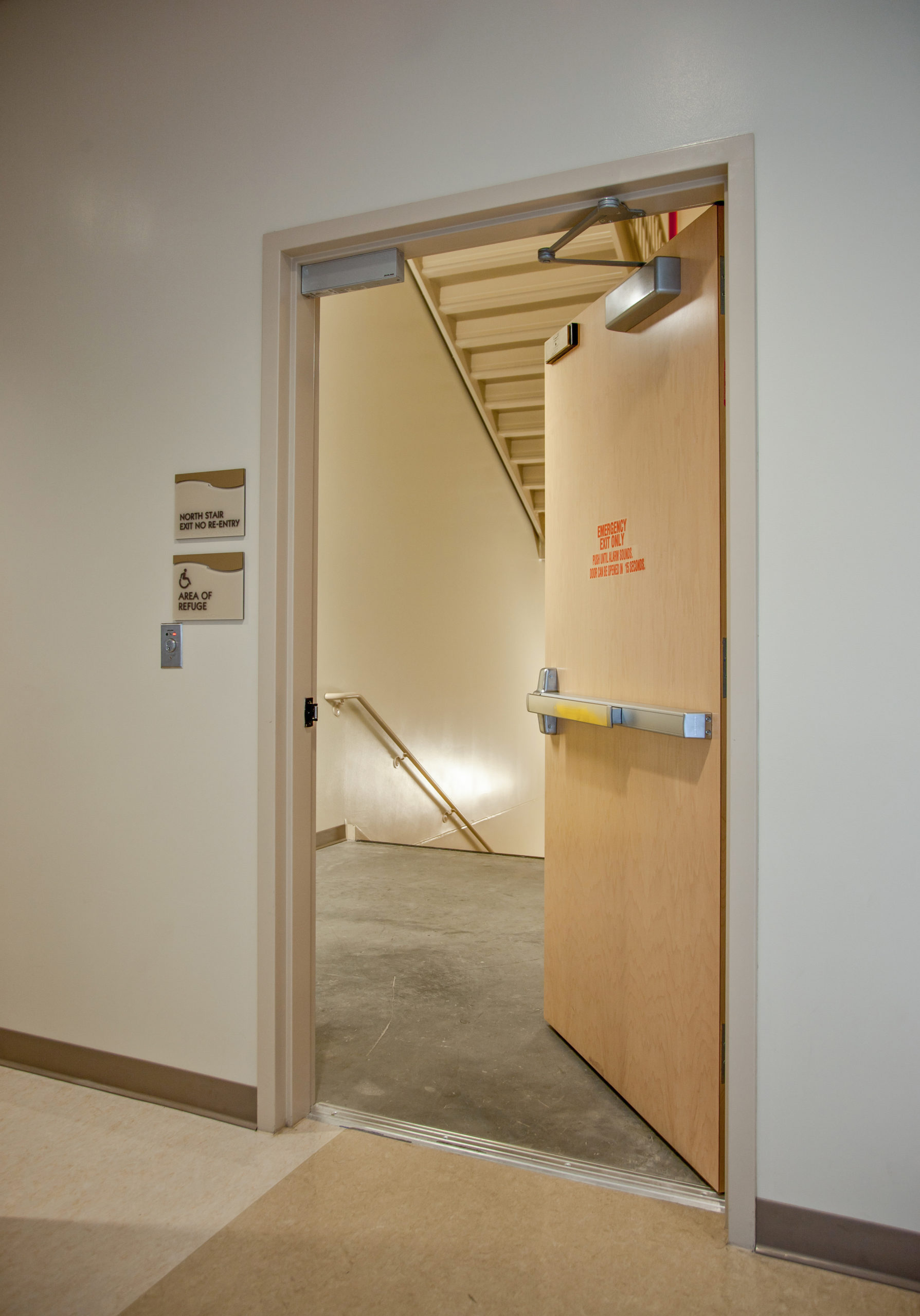
This electromagnetic lock is installed correctly; a switch in the fire exit hardware releases the mag-lock to allow egress.
The other problem I see with mag-locks is that they are often installed in a way that is not code compliant. I know I said I wasn’t going to talk codes because Lori has that well covered but let me just say this…anyone with a credit card can go online and buy a mag-lock, connect it to a power source and lock a door. This might seem like an easy way to add security, but there are many code requirements that must be met to ensure life safety!
If you’ve been out and about (and paid attention), you’ve seen this. Typically, they have hooked a mag-lock up to a doorbell button mounted at a receptionist desk and you’ve had to be let in and LET OUT of the building. I know this scenario very well, because I’m married to the person who at a previous job…was the doorbell button pusher! This is only one illustration and I’m sure you all have seen many more (Lori posted one just a couple of weeks ago). The point is that a mag-lock cannot just be installed on a door without following all the related code requirements.
As always, I’m curious to get everyone’s opinions on the subject. I know the electric strike post garnered some lively debate, so I’m expecting nothing less from this post.
You need to login or register to bookmark/favorite this content.

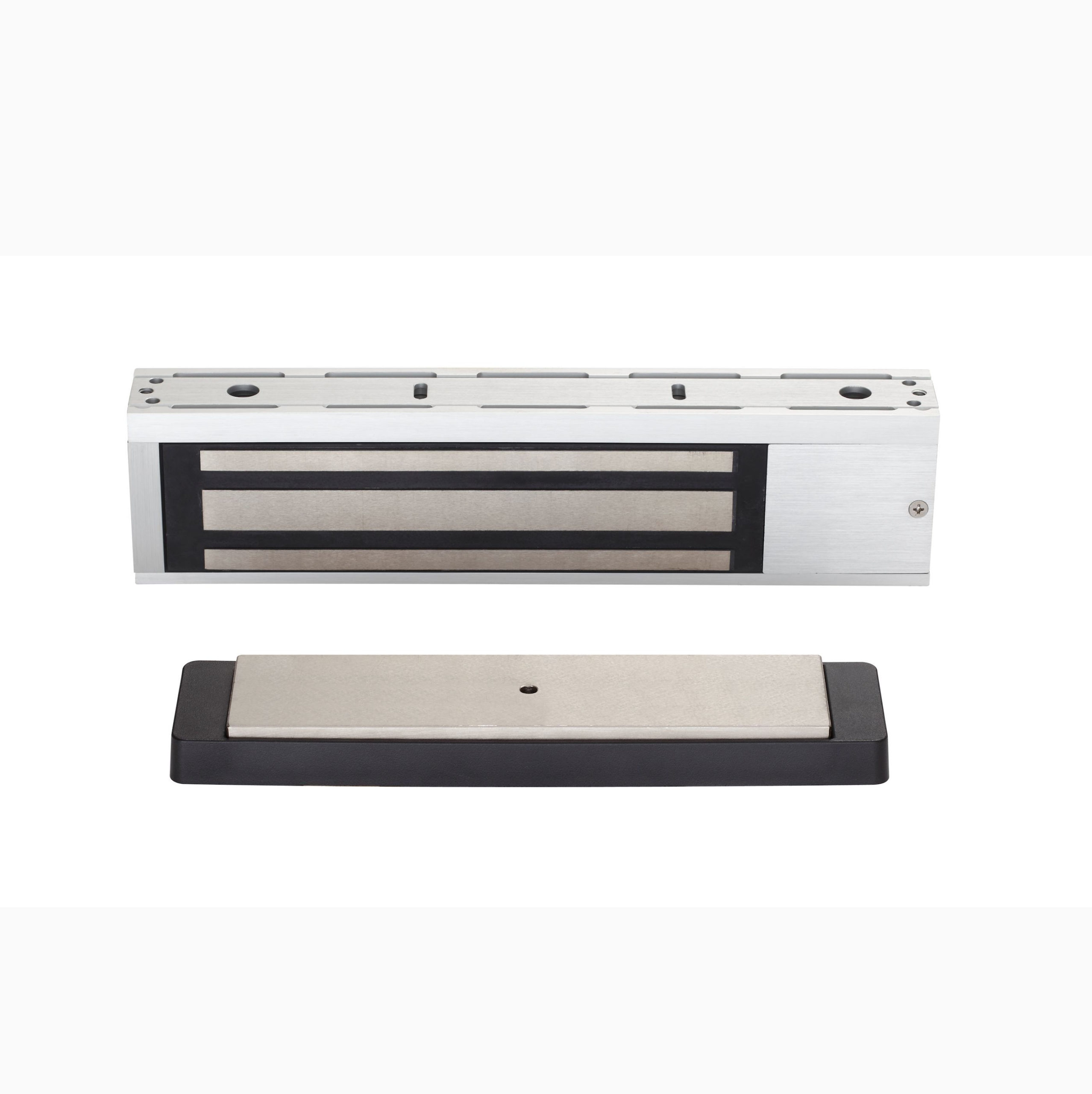
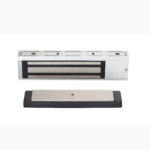
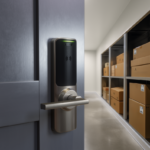
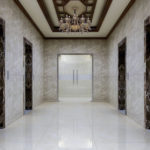
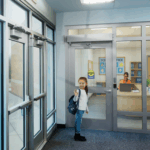
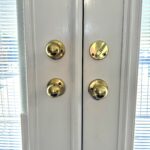
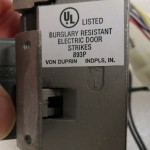

As you say someone can just get a mag lock and install it.
And, you see them quite often, just visiting a building, and wonder if they are code compliant??
The other thing, being former ahj, yea, is when locked down can police, fire, EMS get into the building?? We added a requirement for a Knox key switch, or toggle in the Knox box, to drop the mag locks. So we could get in.
Good assessment. I think there is a use case for mag locks because they are the only locks that can tell you the door is actually secured via a built-in BONDING SENSOR and DPS. Yes, you can do things to defeat it, like finding a piece of steel to cover the lock face or sawing out the door around the strike bolt (yes… I have actually seen this happen). But when the green light is on, there is a high probability that the door is actually secured. But the one thing they cannot get around is that damn release on the fire alarm and the fail “safeness” (is that a word?) of the device and the complex requirements of these devices as it relates to Code and the AHJ understanding of the nuances of the devices these locks are connected to. If I have a door that is going to be very busy and it uses, say, a concealed VR device. I may use both a mag lock and an electromechanical CVR. When the mag lock fails, the mechanical lock secures the door. But this is a $10K door and may stretch the budget. More to come….
Being in Canada and specifically the Province of Ontario. There are many jurisdictions where Maglocks are just not allowed . Either due to the fact they just cannot get their heads around the application or not on my watch .
You’re correct in stating that most are installed by access control companies as it’s far easier to install than a Maglock. In access control situations, I almost always lean towards an electric strike. As long as it meets or exceeds the door rating , plus almost always it a lot less than electrified panic,Mortice ,or cylindrical hardware, at the end of the day it’s all about money …
I encountered issues with the shear locks. The architects prefer a concealed solution, but these shear locks fail to lock correctly unless the door is in the zero position. Additionally, there’s a loud, gunshot-like noise whenever the armature connects to the electromagnet upon energizing.
Hamza,
Yes there are some pain points with shear locks and you hit on two of the big ones. Here’s a great post from Lori about shear locks. There’s even a video so you can hear the “shotgun” sound. https://idighardware.com/2009/10/shear-locks-in-action/
-Mark
A hidden issue I come across too often with magnets is incorrect wiring. Looks like everything is as it should be, and when tested seems to be functioning properly, but the way it has been connected is not. For any of the devices controlling the lock in the direction of egress, power to the magnet is required to directly interrupt power. Too often, releasing devices (motion REX, timers, or door-mounted hardware with switches) end up being connected to either a REX input on a reader interface or power supply trigger input controlling the lock output relay – or both. This is incorrect and arguably not safe. Will it work? Sure…until one of those input triggers doesn’t. The only way to identify this is to provide as-built point-to-point drawings or identify symptoms such as latency for release.
Mark,
Great point!
-MK